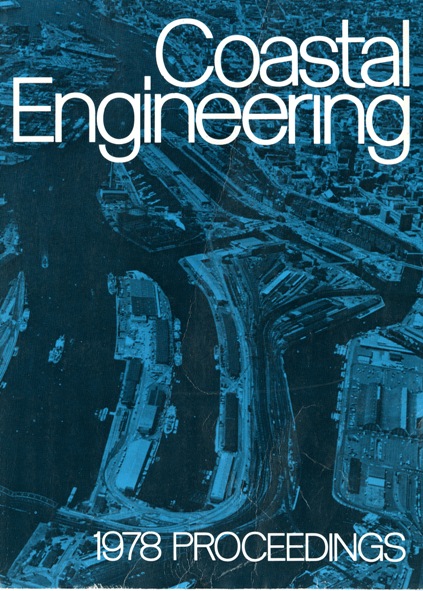Abstract
An array of electronic sensors was installed on Nauset Light Beach, Cape Cod, Massachusetts, U.S.A., in order to provide a description of the sediment movement during storm conditions. These sensors included two sediment concentration indicators (almometers) which monitor sediment movement as a function of elevation and time, one bidirectional electromagnetic current meter, and a resistive wave staff. Prior field studies performed during "normal" conditions have indicated that surf-zone suspended sediment movement is a low-frequency phenomenon, with the relatively high-frequency component (normal wave period) contributing little to the amount of total sediment transported. Development of a computational technique based upon discrete Fourier analysis and digital filtering called Spectrally Filtered Integration (SFI) provides the calculation and filtering of true units of sediment change in grams-per-liter. Moreover, the SFI technique eliminates the possibility spurious sediment information created by the presence of air bubbles in the water column. Generally, higher-frequency sediment movement is more common during storm conditions than during normal non-storm conditions. This movement is controlled not by the prevailing wave and swell periods, but by a longer period which may be due to water interactions below the surface.
Authors retain copyright and grant the Proceedings right of first publication with the work simultaneously licensed under a Creative Commons Attribution License that allows others to share the work with an acknowledgement of the work's authorship and initial publication in this Proceedings.

